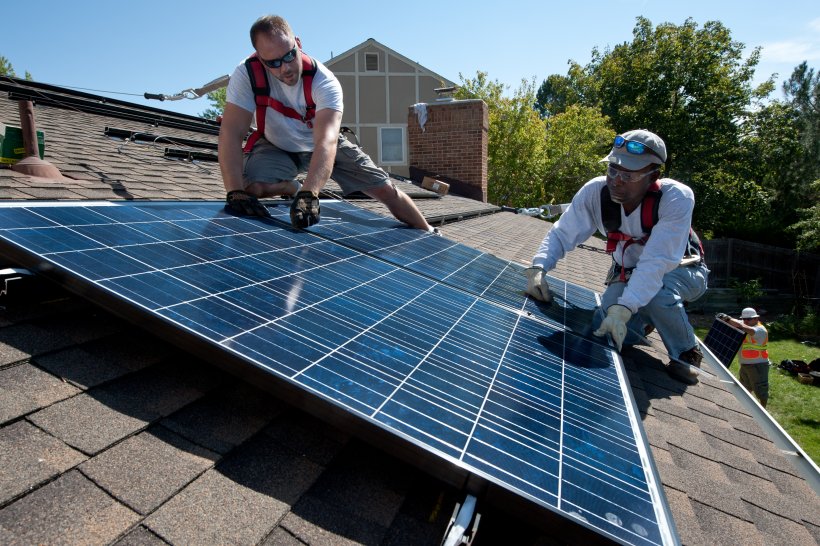All about solar energy incentives

All about solar energy incentives
The natural resources that are available in our environment get exhausted with use. Petroleum, mineral ores, and conventional energy sources cause much pollution and release heat into the atmosphere. Solar energy is a renewable energy source that converts sunlight into electricity using photovoltaic cells. It is gaining popularity everywhere due to the many benefits it brings to the world. The technology is not expensive as there is an option of solar rebates.
A peek into the world of incentives.
Solar rebates are a type of incentive offered to the people using or planning to use solar energy to encourage them to switch to or continue using renewable energy sources. The federal tax credit, local and state credits, tax exemptions, etc., fall under the category of solar rebates and help cut down the cost by 26%.
While installing a solar plant might be expensive, the maintenance and upkeep costs are pretty low. The location, type of solar equipment to be used, and the intended purposes have a say in deciding the extent of solar rebates to be offered. Hence it can be said that the utility derived from the costs is worth it.
Benefits of solar energy
- Solar energy reduces the burden on conventional energy sources like coal and petroleum.
- It significantly reduces environmental pollution since it is a clean and natural energy source.
- Moreover, it is a renewable source of energy as it is available in nature in large quantities.
- Solar energy is a significant way of thanking a person’s bank balance since the costs incurred are lower than other energy sources. Moreover, there are different rebates and incentives for people using solar energy plants.
Who offers such incentives?
Many countries’ central, state and local governments offer rebates to encourage manufacturers, homes, and enterprises to switch to renewable and environment-friendly resources. Few manufacturers and companies offer refunds to farmers that produce raw materials for their firms. For example, low-cost, subsidized, interest-free loans, sales and property grants, exemptions, and federal tax subsidies are some of the incentives offered to people using solar equipment.
Not everyone gets incentives or rebates for using solar equipment. It depends on the central and state legislation, the tax rate, size, and purpose of the installation. Another criterion is the net worth of the individual using solar plants. If it is below the income level, the person might receive huge discounts and tax exemptions on using such sources. Many houses in villages do not get electricity bills as most of their power source is derived from solar-powered plants.
The most noted storage rebates offered are:
i) Self-generation incentive program of California- Many house owners get rebates for using storage and battery devices powered by solar energy. Depending on the size and purpose of the solar plant, the number of incentives offered varies. For example, an individual operating a farmhouse on large-scale solar plants could receive a deduction of up to $200 per kilowatt-hour.
ii) Jacksonville electric authority in Florida- One could get a battery rebate of up to $2000 for housing and business purposes that use solar energy systems under this scheme.
iii) Smart export program- This program credits customers who charge their solar batteries daily and use the energy from 4 pm to 9 pm.
iv) Electric battery bonus of Hawaii- People using solar plants in Oahu and Maui who use solar batteries attached to their rooftops are eligible for rebates up to $850 per kW.
v) Connected solutions battery program- In places like Connecticut, Massachusetts, and Rhode Island, people receive rebates based on their summer electricity usage. This scheme also offers the customers zero-interest HEAT loans to encourage using equipment linked to battery storage systems run by solar energy.
Lucas Noah, with a Bachelor of Information Technology (BIT) degree, is a prolific writer known for his expertise in the tech world. Currently, he brings his wealth of knowledge to Creative Outrank LLC and Oceana Express LLC, enriching their websites with hi... Read more


